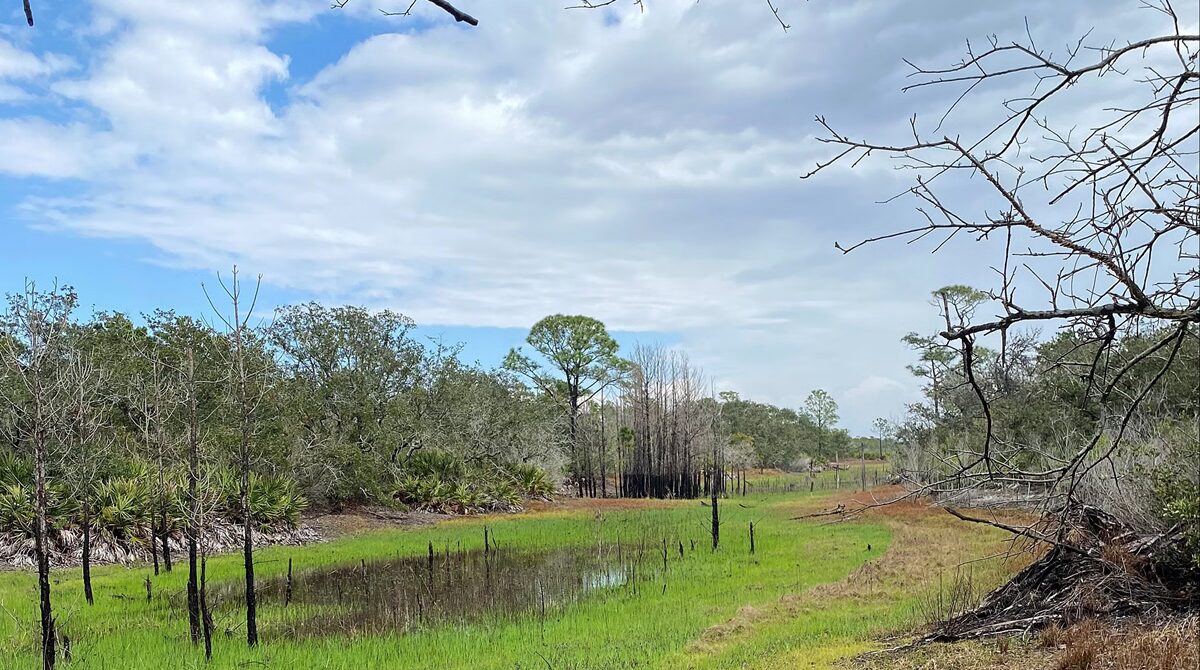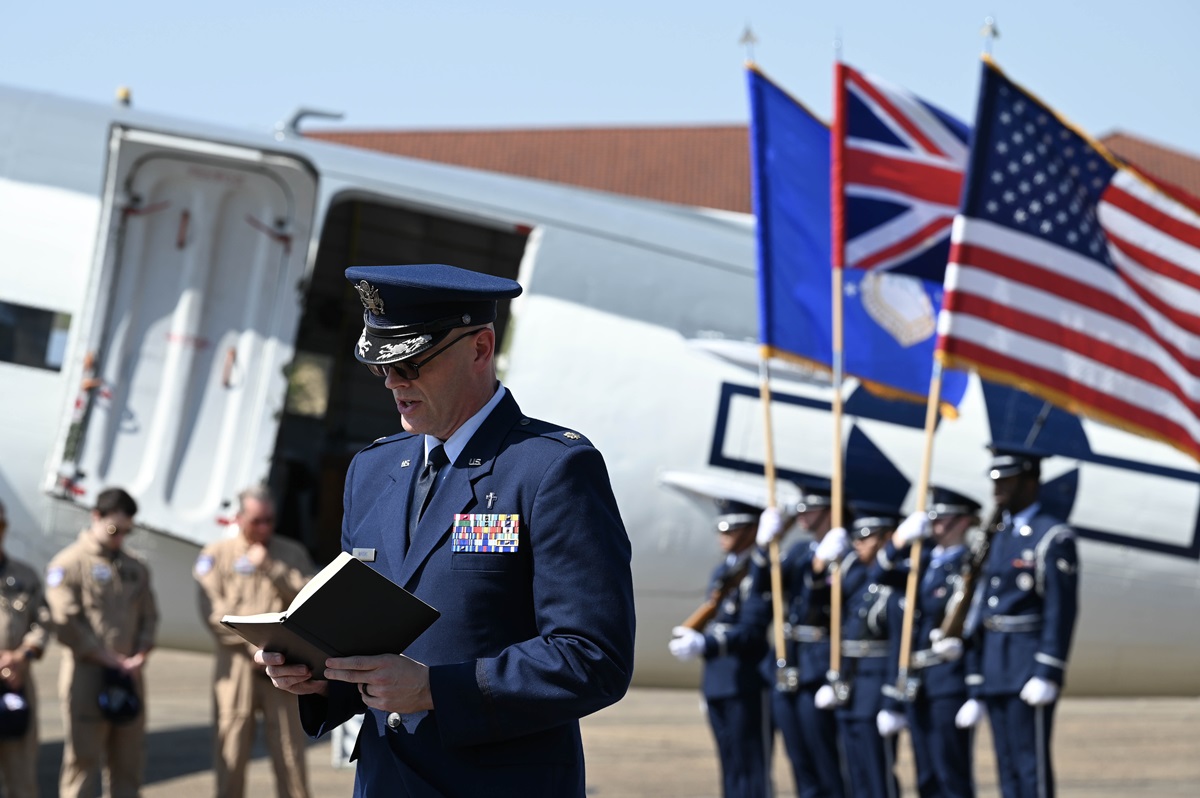Thrash supervises DOC on the job, manages emergencies for a hobby

DOC Operations Supervisor Thrash awaits helicopter takeoff to emergency.
Emergency medical technician (EMT) Paul Thrash got the scare of his life the day he was dispatched to a call to his own home.
“When I got the address, I knew where we were going,” said Thrash, adding it turned out his daughter Raechel, who was in kindergarten, had been bitten by a dog five times. “But no matter the situation, you manage. You just keep your head screwed on straight and deal with it.”
As a part-time EMT for the Mobile County Emergency Medical Services (EMS), Thrash travels thousands of miles every year responding to calls from Dauphin Island to Mount Vernon.
“We have eight trucks to respond to the entire 1,000-square-mile county,” said Thrash, operations supervisor at Alabama Power’s Mobile Division Operations Center (DOC). “We ran in excess of 16,000 calls in 2012 alone.”
He said there are times every ambulance in the fleet is called into action. That’s when his experience at Alabama Power’s DOC comes into play.
“In a mass casualty incident, you may have more patients than you have EMTs to treat them,” he said.
“Then, just as we call on other utilities to help us restore service after storms at the power company, we start pulling resources from other emergency medical services in Alabama and neighboring states.”
During his 12- to 24-hour shifts as an EMT, Thrash said his role varies, depending on each situation. His tasks can include providing CPR, checking vital signs, starting an intravenous line, administering medication or driving an ambulance.
Thrash never knows what he may face when he gets an emergency call. Through the years, his cases have ranged from assisting grandmothers who have fallen out of bed to treating car accident victims to responding to fires at homes and businesses. One of his most unusual calls was to transport a 10-year-old girl who had a stroke at school.
Thrash has come to the aid of friends and other Alabama Power employees. He helped rescue a coworker who fell from a power pole. In another case, he treated and transported a co-worker whose tonsils were hemorrhaging.
Not every case is a success, Thrash said. He still remembers one that broke his heart.
“A 16-year-old girl hit an 18-wheeler head on, and her car burst into flames immediately,” Thrash said. “We were there in no time, but it was still too late. That was hard to face.”
Thrash’s interest in medicine dates back to when he considered becoming a nurse.
That’s why Thrash, who was working at Barry Steam Plant at the time, quickly signed up when the facility launched its First Responder Program in 1992. About the same time, he began volunteering as an EMT for Mobile County’s newly established EMS program.
Soon afterward, Thrash completed training at the University of South Alabama and received his state EMT license. To maintain his license and stay abreast of the latest medical developments, Thrash is required to complete 72 hours of continuing education every year.
Thrash’s family has followed in his footsteps, joining him in his drive to save lives. His wife, Tricia, and daughters, Raechel and Samantha, are all EMTs. Raechel, now 22, who works at the Mobile County EMS, and her dad often work side by side.
Thrash calls his work as an EMT his hobby, adding he appreciates having the option of temporarily stepping back when the pressures become too great.
“I tell people I’m playing on the ambulance because it’s my hobby. My bread and butter is the power company,” said Thrash, who has worked at Alabama Power for 29 years. “But I love being an EMT. The satisfaction I get when I see the looks on people’s faces after we help them makes it all worthwhile.”
By Carla Davis





